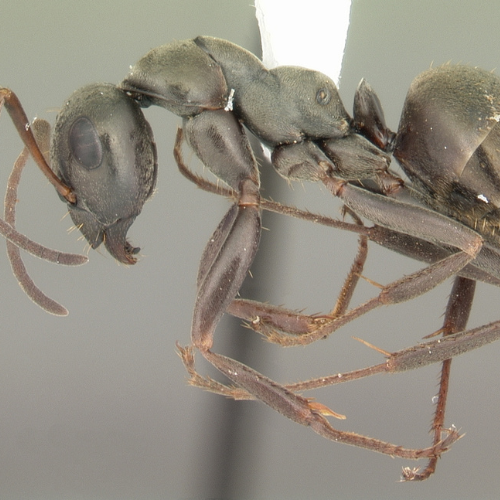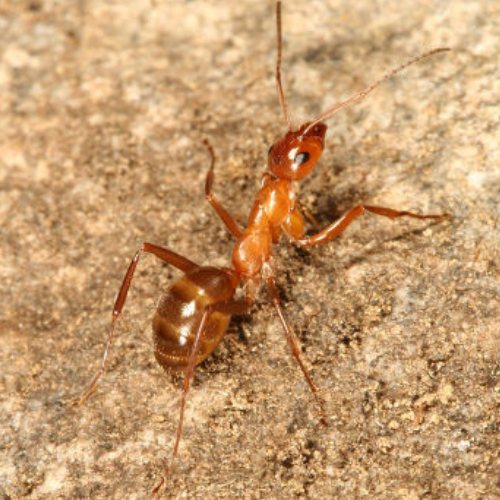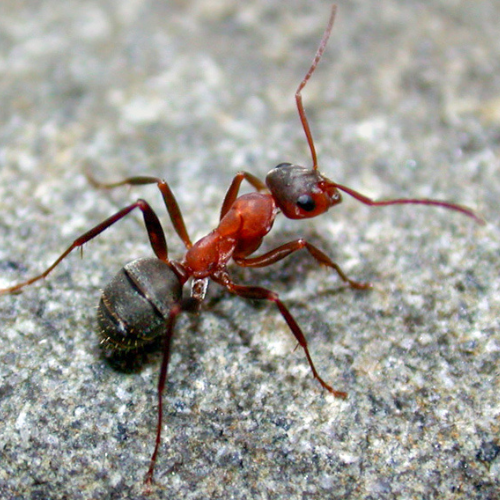Field Ant
Introduction to
Field ants are a common sight in many outdoor environments. Known for their diverse colors and sizes, they play significant roles in the ecosystem by aerating soil and controlling other insect populations. However, these ants can become problematic when they invade human habitats, leading to structural damage and contamination of food sources. Understanding their biology, habits, and effective prevention methods can help manage their presence and mitigate potential issues.
Recognition
Field ants vary in size and color, ranging from 1/8 to 1/2 inch in length and can be black, brown, yellow, or a combination of these colors. They are often confused with other ant species, but a distinguishing characteristic is their heart-shaped heads and visible thoracic spines. Unlike carpenter ants, field ants do not excavate wood, but they can be mistaken for them due to their size and coloration. Observing their nesting habits can also help in identification; field ants typically build mounds in soil, which distinguishes them from pavement ants or indoor nesting species.
Biology
Field ants undergo complete metamorphosis, starting as eggs laid by the queen. These eggs hatch into larvae, which are fed by worker ants until they pupate and eventually emerge as adults. The colony consists of a single or multiple queens, workers, and males. The queen’s primary role is reproduction, while workers maintain the nest and forage for food. Males are responsible for mating with the queen during the nuptial flight, after which they die. Field ants can establish large colonies that persist for many years, contributing significantly to soil turnover and pest control.
Habits
Field ants prefer to nest in open, sunny areas and are commonly found in lawns, gardens, and around the base of trees. They build distinctive mounds that can be a few inches to several feet in diameter. Their foraging trails can extend far from the nest, often leading into homes in search of food. Field ants are omnivorous, feeding on honeydew from aphids, other insects, and plant material. They are active during the day, and their presence can often be noted by the trails they form as they move between their nest and food sources.
Prevention
Preventing field ants from entering homes involves a combination of exclusion and sanitation measures. Seal cracks and crevices around the foundation, windows, and doors to block entry points. Keep food stored in airtight containers and clean up spills promptly. Outdoor maintenance is also crucial; trim vegetation away from the house, and remove potential nesting sites such as wood piles and debris. Regularly inspect and maintain the perimeter of the home to ensure ants do not establish satellite colonies near the structure.
Professional
If field ants become a persistent problem, professional pest control services can provide effective solutions. STL Pest Control offers comprehensive treatments, including baiting and barrier sprays, to eliminate ant colonies and prevent reinfestation. Their technicians are trained to identify the specific species and tailor treatments accordingly. In severe cases, they may recommend ongoing maintenance plans to keep the environment ant-free. Relying on professional services ensures a thorough and long-lasting resolution to ant infestations.



Our Office









